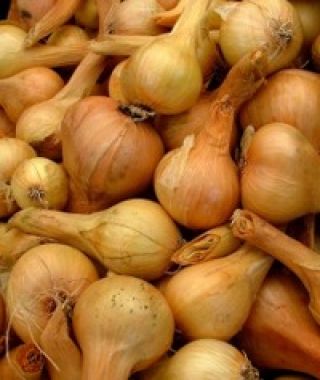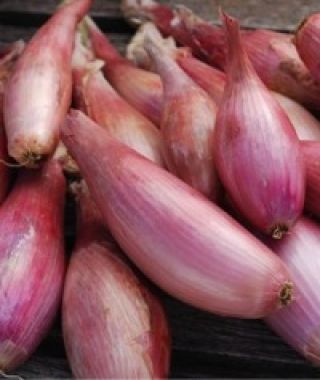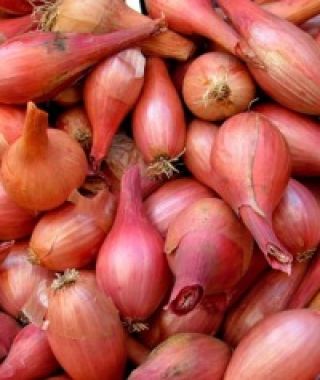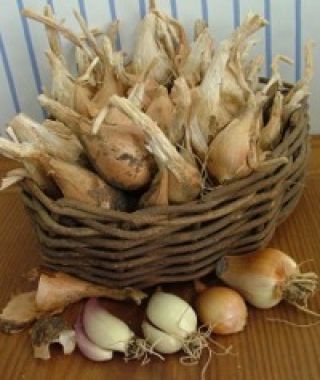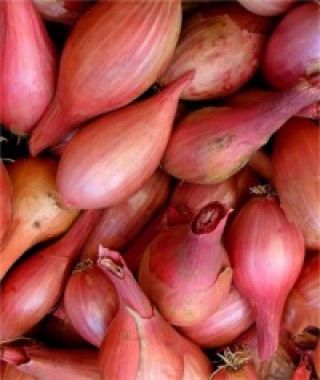-
- Artichoke
- Arugula
- Asian Specialties
- Asparagus
- Beans
- Beets
- Belgian Endive
- Broccoli
- Broccoli Raab
- Brussels Sprouts
- Cabbage
- Cardoons
- Carrots
- Cauliflower
- Celeriac
- Celery
- Cress
- Cucumbers
- Daikon Radishes
- Edamame
- Eggplant
- Fennel
- Garlic
- Ground Cherry
- Horseradish Root
- Hot Chile Peppers
- Huckleberry
- Jicama
- Kale
- Kalettes
- Kohlrabi
- Leeks
- Lettuce
- Melons
- Okra
- Onions
- Parsley Root
- Parsnips
- Peas and Pea Pods
- Potatoes
- Pumpkins
- Radicchio
- Radishes
- Rhubarb
- Roselles
- Rutabagas
- Salad Blends
- Salad Greens
- Salsify
- Shallots
- Snacking Seeds
- Southern Greens
- Spinach
- Sprouting Seeds
- Strawberries
- Sweet Corn
- Sweet Peppers
- Sweet Potatoes
- Swiss Chard
- Summer Squash
- Tomatillos
- Tomatoes
- Turnips
- Winter Squash
Shallots
Back To Top
Back To Top



